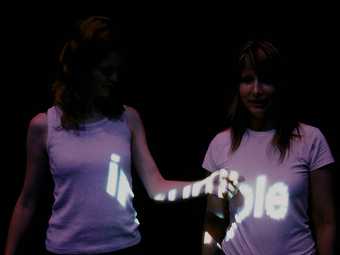Each session in this online short course involves presentations from artists and curators, contributions from Tate staff working on digital projects across the institution, critical discussions on the role of digital learning in art, and a variety of workshop activities via Zoom. The group will also consider the wider social and political issues shaping contemporary arts practices and pedagogical approaches.
The course takes Tate’s online resources as a central case study for how digital spaces can function as a pedagogical resource. We’ll consider how artists, researchers, curators and educators might experiment with digital tools and online spaces to provide innovative and accessible learning opportunities.
The course is led by curators Richard Martin and Jennifer Shearman from Tate’s Public Programmes team. It is organised in collaboration with the Centre for Arts and Learning at Goldsmiths, University of London. Working alongside MA students and Tate staff, participants will be encouraged to bring their thoughts, ideas and experiences to the discussions within a supportive and inclusive learning environment.
Course Structure
25 January: Digital Pedagogies
This opening session introduces different forms of online pedagogical practice. What’s gained and what’s lost in the transition from gallery-based learning to digital learning? How has the pedagogical approach of museums like Tate changed during a period of closure and limited access? How are artists, audiences and arts workers navigating the ‘contested space’ of museums during the Covid-19 pandemic?
8 February: Online Collectives and Communities
The second session explores how digital resources can connect communities and support collective artistic practices. We’ll consider how collaborative approaches to online space might challenge notions of isolated or individualistic digital experience. We’ll also assess the digital responses to political activism offered by institutions in recent times.
22 February: Digital Histories
This final session will look back at the history of online artistic practices. How can we use experimental digital work from the past to inform new ways of thinking about art and pedagogy today? How can we avoid nostalgia and the fetishization of outdated technology? What’s been lost in the digital sphere?


